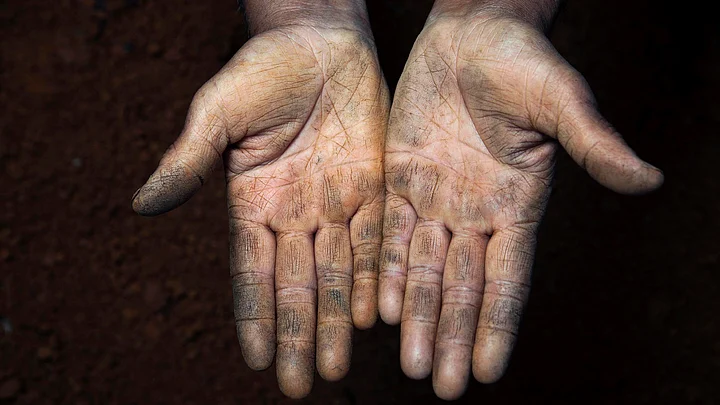At first glance a foreign domestic worker in Hong Kong, a Rohingya migrant toiling on a fishing boat, a sex worker walking the streets of Mumbai and a child labourer cutting bamboo in a plantation in the Philippines have nothing in common.
But all four could be slaves, trafficked and exploited by criminals and employers profiting from the world’s fastest growing illicit industry, estimated by the International Labour Organization (ILO) to be worth $150 billion a year.
In the 15 years since a global treaty to combat human trafficking was adopted, modern slavery has gradually taken over as a catch-all term to describe human trafficking, forced labour, debt bondage, forced marriage and other slave-like exploitation.
Modern slavery doesn’t have a specific definition that is globally accepted since not all children who are exposed to hazardous work are slaves, and not all workers who are paid unfairly are forced labourers, yet both are often referred to as victims of modern slavery.
Some experts argue that the rebranding of human trafficking as modern slavery over-simplifies the complex reasons why millions have been forced to work in brothels, farms, fisheries, factories and homes.
By applying the modern slavery label to all these abuses, it’s easy to pitch it as a problem of good and bad, of innocent victims and evil perpetrators.Janie Chuang, a professor at the American University Washington College of Law
Legal Issues With Modern Slavery
Legally-sound definitions are crucial to improving coordination of national, regional and international efforts to stamp out slavery, experts say.
They also help efforts to collect better data on the number of slaves, a hotly debated issue as estimates range from 21 million to 36 million, depending on the methodology of surveys.
Chuang argues that modern slavery is a term without a legal base, and that its inflationary use undermines prosecutions and trafficked persons’ rights to remedy and assistance.
People will expect that to be a victim of modern slavery you will have been chained and beaten and as a result the less violent abuses are likely to trigger less empathyJanie Chuang
Another risk of such “exploitation creep”, as Chuang puts it, is that the reasons for modern slavery are neither recognised nor rectified in a structured manner.
While researchers agree growing inequality in global labour markets has created a fertile ground for human trafficking and the exploitation of migrants, there is little evidence of concrete coordinated steps being taken to address the issue.
The critical issues of migration, citizenship and border control are all closely connected to trafficking and forced labour but not many nations are willing to think about it in that wayMarie Segrave, a criminologist at Monash University in Melbourne, Australia.
Measuring Change
In the Asia-Pacific region, which has the largest number of forced labourers in the world, at 11.7 million, forced labour and trafficking are closely linked to migration of people in search of better lives.
The ILO is leading efforts to create decent work conditions to reduce migrants’ vulnerability to being trafficked and getting trapped in jobs where they are abused.
It took ILO member states, workers’ and employers’ organisations more than two years to settle on a definition of child labour when they negotiated a new convention to eliminate the worst forms of child labour, passed in 1999. The convention, ratified by 180 countries, distinguishes between children who are held in slavery, debt bondage, serfdom, are trafficked or subjected to forced labour and those in hazardous work. An ILO estimate in 2013 found that child labour had decreased by a third to 168 million over 12 years.
